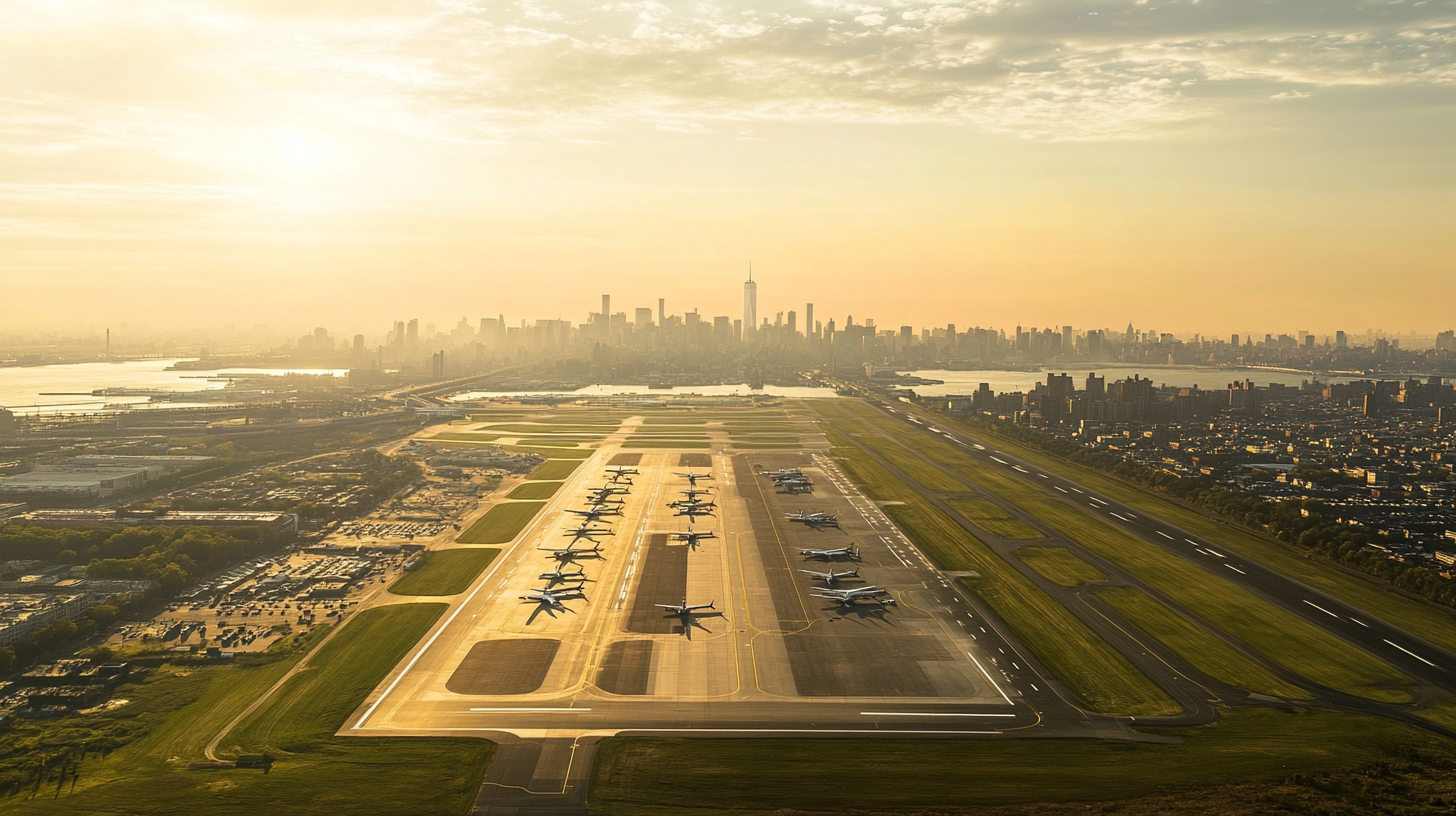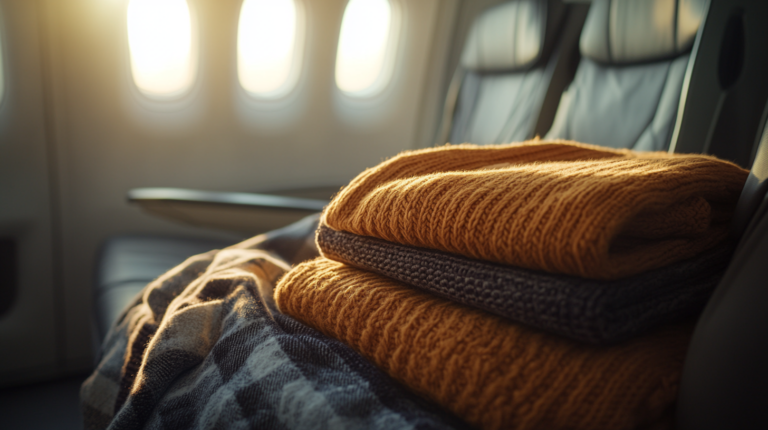Closest Airports to Brooklyn: A Frequent Flyer’s Guide
1. LaGuardia Airport (LGA)
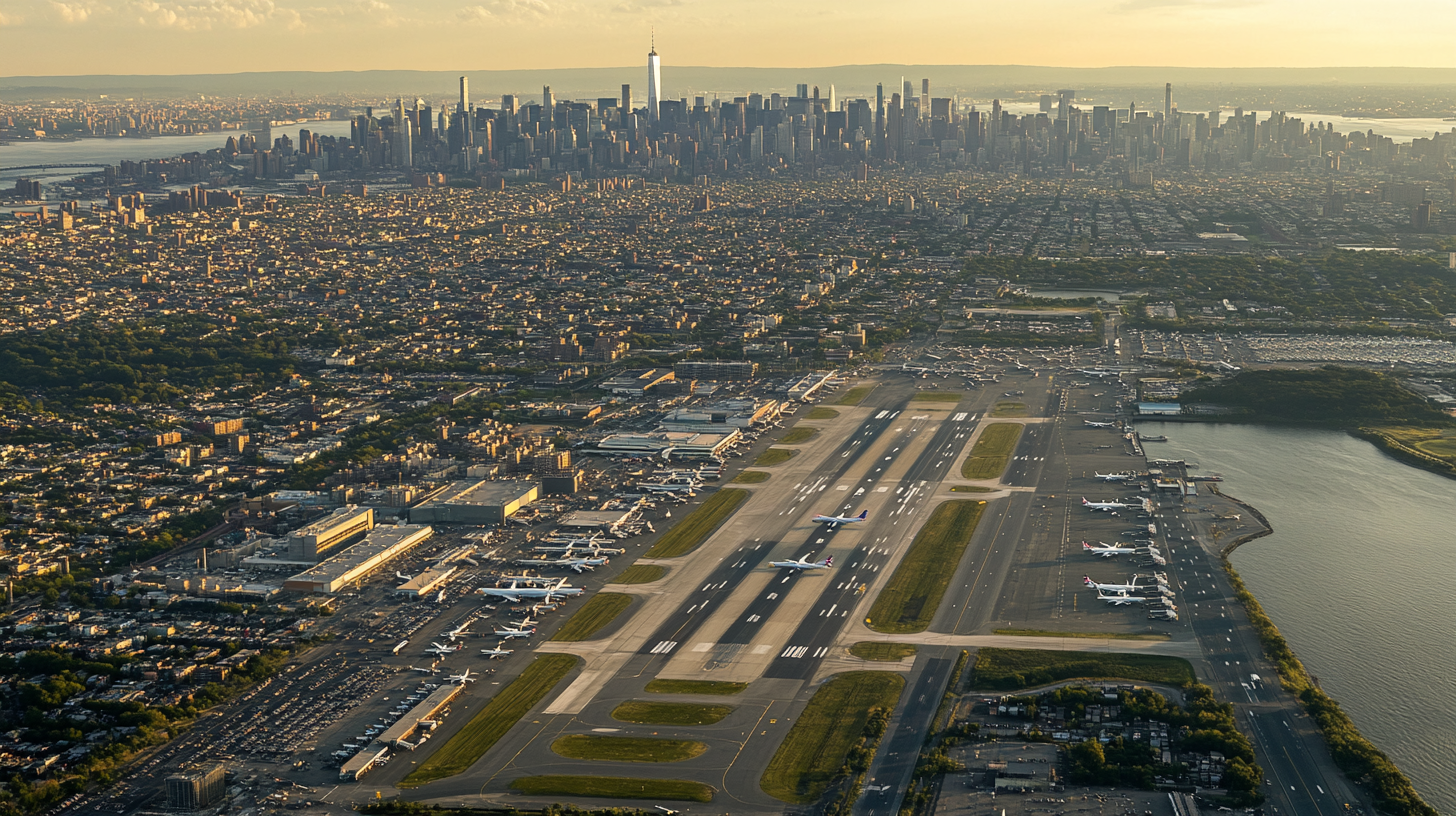
In my own journeys through New York, I’ve found that LaGuardia (LGA) consistently proves itself as one of the closest and most convenient airports for making your way into Brooklyn. At roughly 9.7 miles away, it’s a quick ride—especially since the airport’s recent renovation efforts have improved traffic flow and streamlined the passenger experience. Whenever I land here, I appreciate the modern design, particularly Terminal A’s art deco flair, which never fails to make me feel like I’ve stepped into an era of classic aviation.
According to Port Authority data from 2024, LaGuardia handled over 30 million passengers annually, showcasing its vital role as a major domestic hub. In my experience, the security lines at LGA tend to move faster than those at some larger airports, which is a blessing when you’re rushing to catch an early-morning flight. Public transit via MTA buses and subways is also fairly budget-friendly—usually under $3 for a single ride as of 2025—and if I’m traveling light, the shorter route to Brooklyn is often a breeze. Of course, I recommend checking the MTA schedule ahead of time, as weekend or late-night service can be less frequent.
One of my favorite perks at LaGuardia is the streamlined pickup and drop-off process. I’ve frequently been able to hop into a rideshare or taxi mere minutes after stepping off the plane, which is a rarity in other big-city airports. If you’re looking to earn or redeem miles, LGA’s terminals offer a range of airline lounges, though they can be smaller compared to those at JFK. Still, the convenience of being near downtown Brooklyn may very well outweigh any lounge limitations, especially if you value speed over size.
2. John F. Kennedy International Airport (JFK)
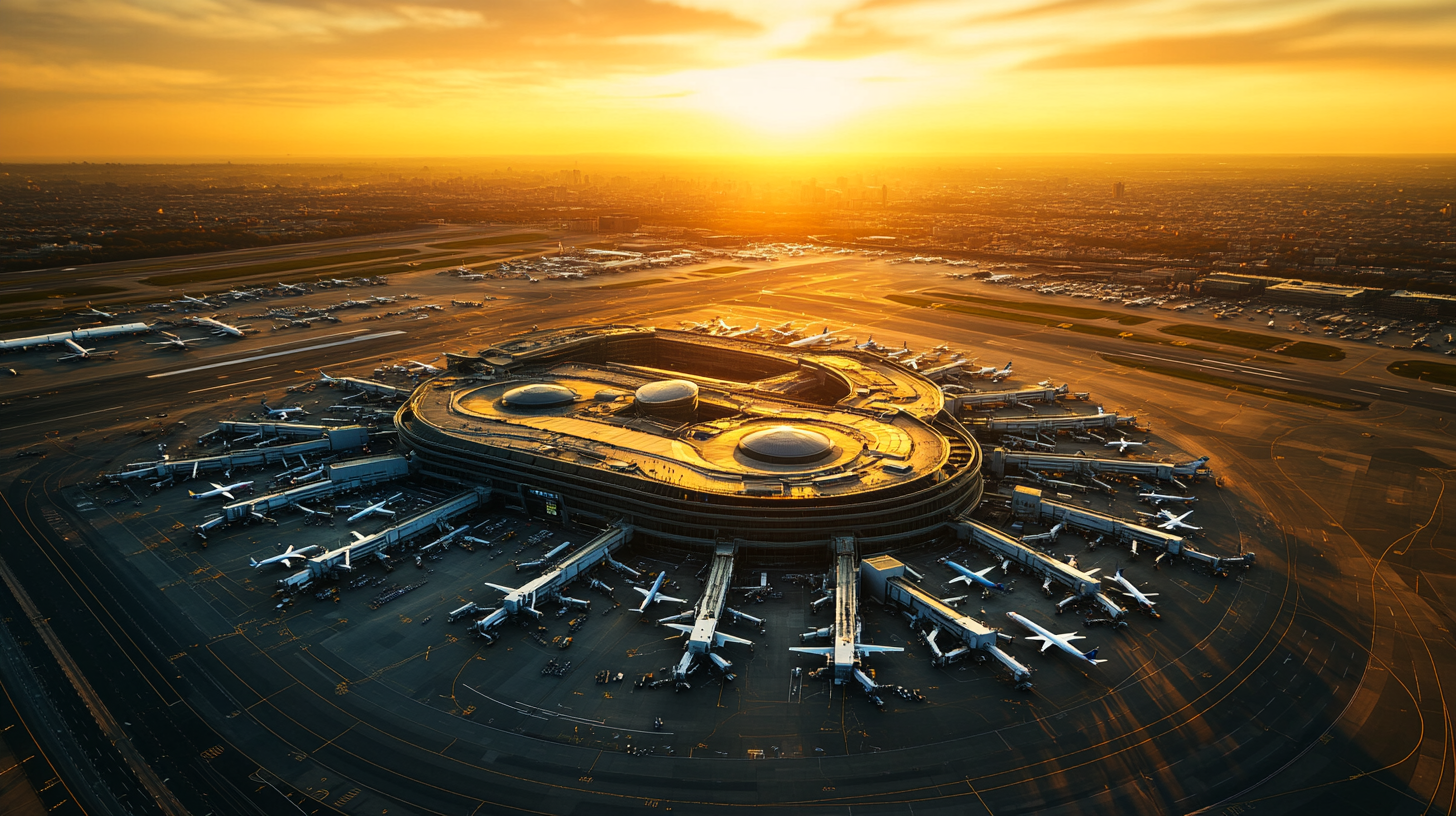
JFK holds a special place in my travel routine, especially when I’m gearing up for an international adventure. Sitting about nine miles from Brooklyn, it’s one of the busiest airports in the country, offering a broad range of long-haul flights and airline alliances. I’ve found that this global connectivity makes JFK appealing for both vacationers and business travelers, and the terminal renovations over the last few years are gradually creating a more cohesive experience. With new digital signage and improved traffic flow, it’s easier than ever to navigate the airport’s multiple terminals.
Getting from JFK to Brooklyn can be straightforward, though it does require a little planning. If time is of the essence, I sometimes opt for a taxi or rideshare, which typically costs between $60 and $80, depending on traffic. Alternatively, the MTA bus (B15) remains an economical $2.90 option as of 2025, but it can take upwards of 75 minutes during rush hour. Whenever I’m balancing cost and speed, I usually grab the AirTrain for $8.50, connect to either the LIRR or the subway, and reach my Brooklyn hotel in about 45 minutes. A recent study by the New York Metropolitan Transportation Council suggests that ridership on the AirTrain has risen by 10% in the past year, likely due to its reliability and value.
The lounge scene at JFK is another draw for mileage collectors. I’ve explored everything from airline-branded clubs to third-party lounges serving premium passengers. These spaces can offer a respite from the crowds, with amenities like fresh dining options and quiet work areas. If you’re someone who enjoys maximizing every mile, you’ll be in good company here: I’ve run into fellow travelers comparing tips on which loyalty program best matches their flight patterns. It’s that sense of community—and the near-endless flight options—that continues to make JFK a top pick in my book.
3. Newark Liberty International Airport (EWR)
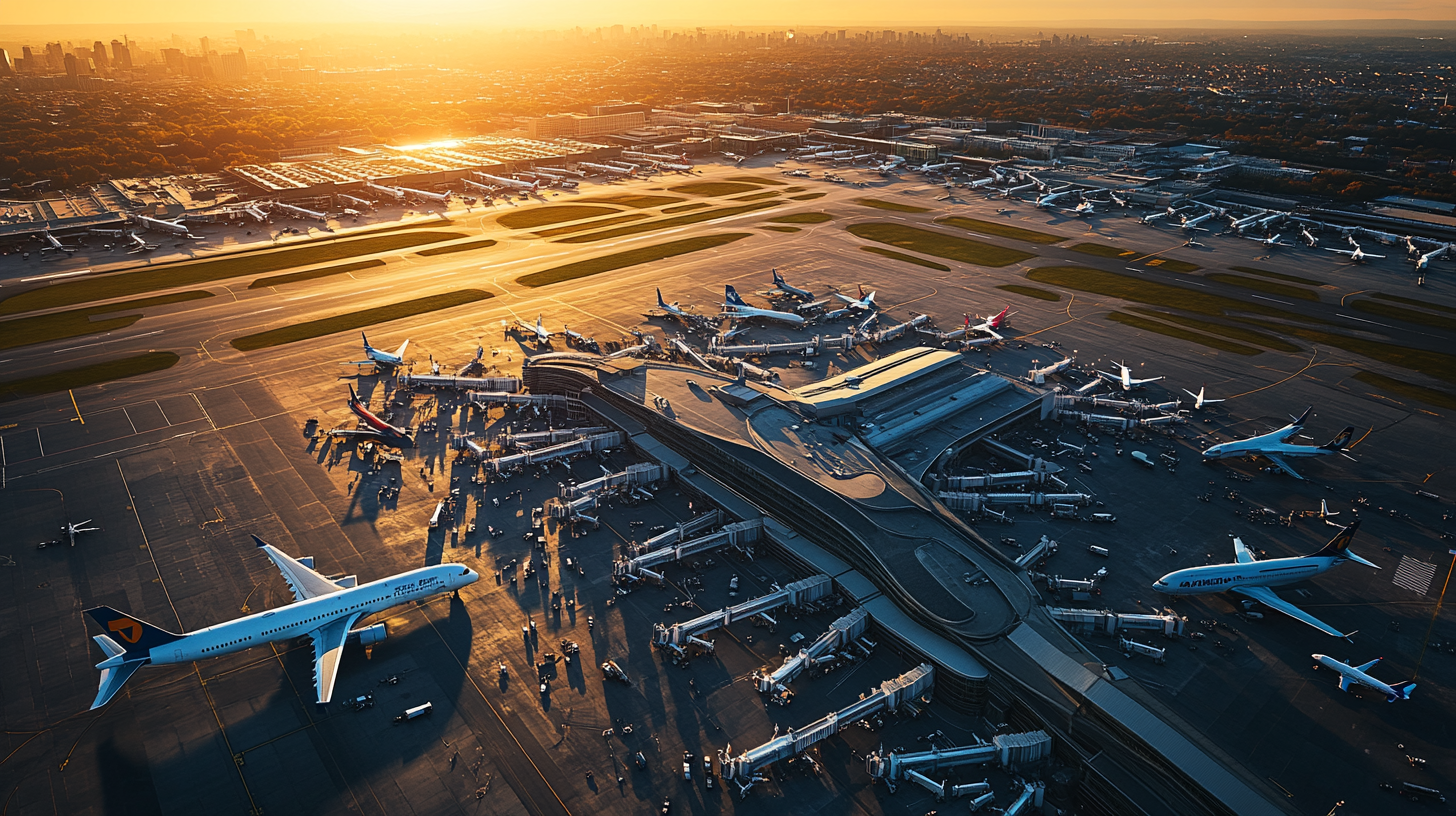
My relationship with Newark Liberty International has evolved over the years. Sure, it’s roughly 11.9 miles from Brooklyn, making it slightly more distant than LGA or JFK, but for certain itineraries—particularly those involving a west side Manhattan connection—it’s surprisingly convenient. If I’m staying in Midtown or near Penn Station, hopping on NJ Transit and transferring to the Newark AirTrain can get me to the terminals in about 30 minutes. Even late-night arrivals feel manageable, thanks to EWR’s robust schedule and reliable train service.
United Airlines has a significant presence here, often translating into a wealth of flight options if you’re loyal to Star Alliance. However, I’ve also noticed that ground transportation costs can be higher, especially if you rely on a rideshare or taxi. According to a 2024 report by the Port Authority of New York and New Jersey, Newark’s passenger volumes climbed steadily post-pandemic, placing added emphasis on improvements like touchless check-in kiosks and better signage. From a practical standpoint, I’ve appreciated how these upgrades shave off precious minutes when I need to dash to my gate.
One of my fondest memories at Newark involves nabbing a last-minute upgrade on a red-eye flight, where I enjoyed a meal reminiscent of a fine-dining restaurant—at least by airline standards. If you’re a frequent flyer chasing miles or status, EWR can be a strategic choice, particularly if your home or office is on Manhattan’s west side. While the trek to Brooklyn might take a bit longer, the variety of flight schedules and alliance perks can more than make up for the extra ride time.
4. Westchester County and Other Airports
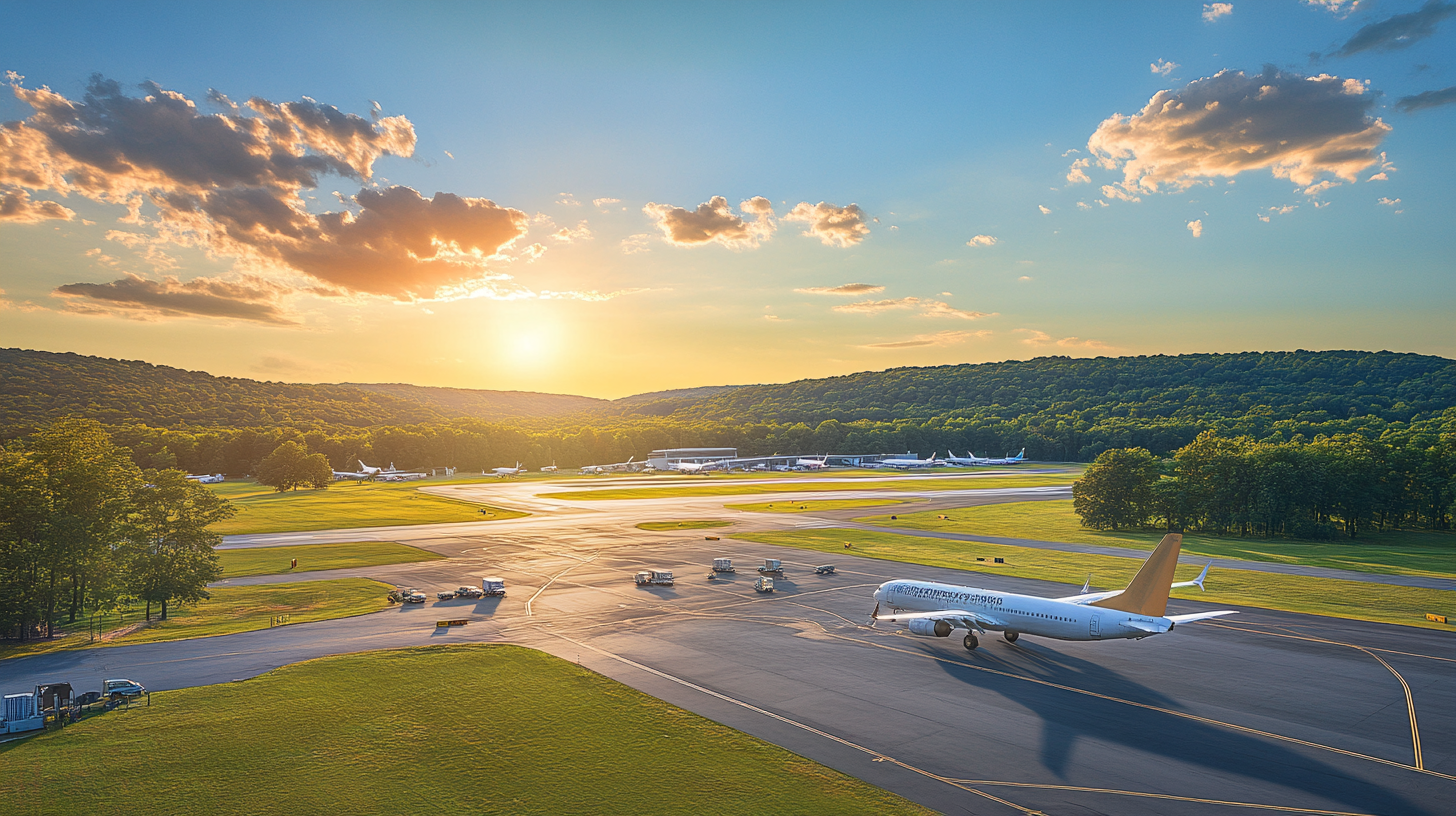
While I usually stick to the Queens and New Jersey airports for the bulk of my trips, every now and then I find myself booking a regional flight out of Westchester County Airport (HPN). It’s located about 31.5 miles from Brooklyn, making it the farthest in this roundup, but for certain routes—like quick hops upstate or into New England—it can be a hidden gem. In fact, a small 2024 survey conducted by local travel agencies highlighted that Westchester’s hassle-free security and laid-back vibe often appeal to frequent flyers seeking a quieter alternative.
Teterboro (TEB) and Long Island MacArthur (ISP) present additional options if you’re traveling via private jet or specialized charter flight. In my experience, Teterboro caters primarily to corporate flyers, with minimal commercial lines, while MacArthur in Ronkonkoma offers a select bunch of domestic routes that can be surprisingly affordable if you’re flexible with your travel dates. Of course, driving or taking public transit to these farther-flung airports can be a bit of an expedition, so I only recommend them when your itinerary aligns perfectly or you crave a less crowded experience.
Ultimately, I see these smaller airports as niche solutions. If you’re a frequent flyer with a reliable lounge routine or a major airline alliance membership, you might not find the perks you’re used to at HPN, TEB, or ISP. Nonetheless, there’s something refreshing about stepping into an airport where everyone seems to know one another, from the TSA officers to the coffee stand barista. If your schedule and budget permit, these airports can offer a very different taste of New York area air travel—one that’s sometimes worth the extra journey from Brooklyn.
Bottom Line
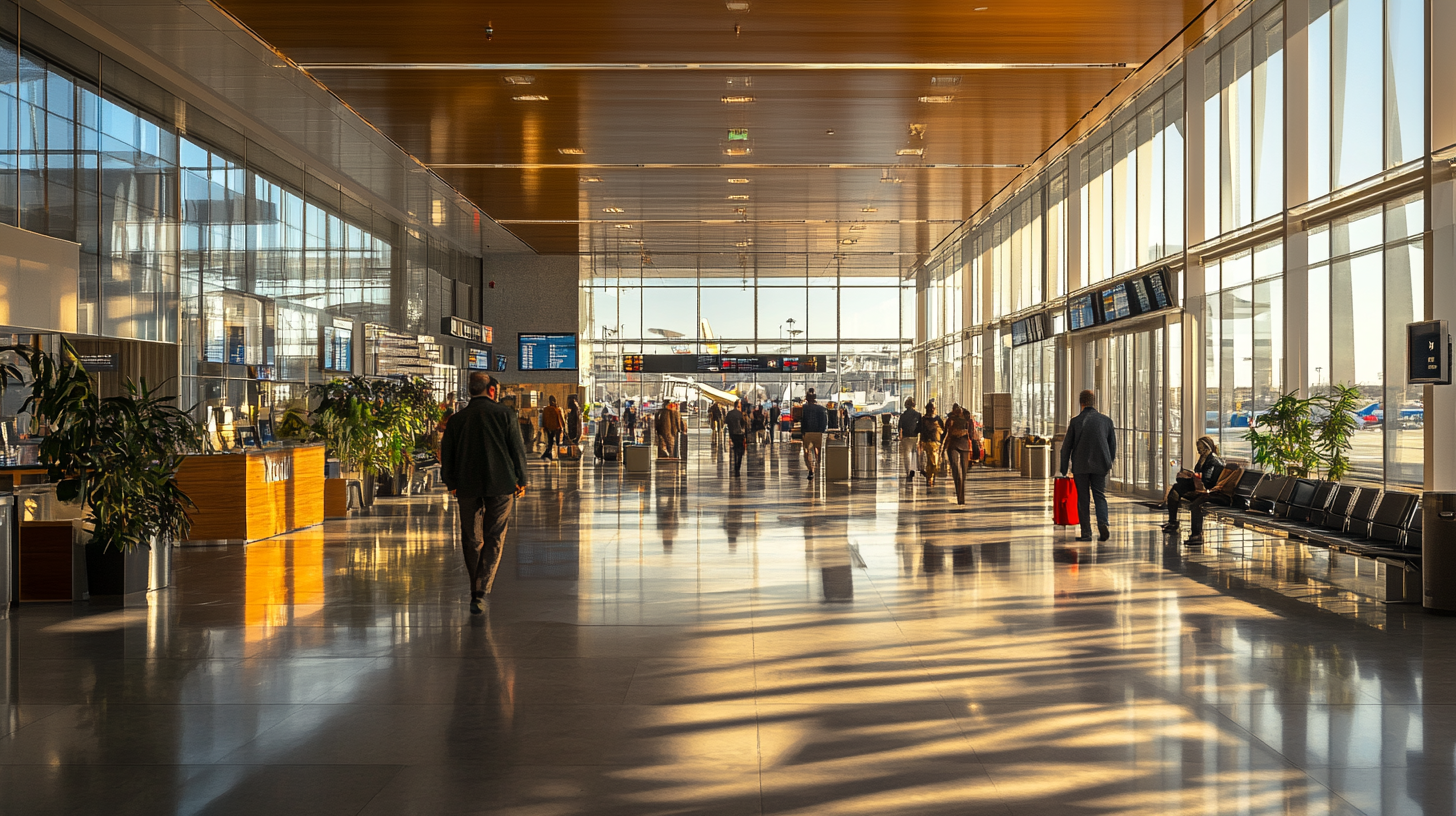
Out of the main gateways, LaGuardia and JFK are typically neck and neck for Brooklyn-bound travelers seeking that truly local feel. Newark has its own charm and strategic advantages, especially if your plans gravitate toward Manhattan’s west side or you’re chasing specific airline perks. As I’ve learned, each airport has its sweet spot: LGA for compact convenience, JFK for international range, and EWR for wide-reaching alliances.
When selecting your final stop, I always weigh three main factors: proximity, cost, and flight availability. Combine that with your own mileage programs and lounge preferences, and you’ll quickly see which airport can optimize your ride into Brooklyn. After all, time is miles—and miles are currency in the frequent flyer’s world.
Final Thoughts

I’ve come to appreciate that each airport near Brooklyn carries its own distinct flavor. In 2025, the urban landscape is more interconnected than ever, with public transit and infrastructure enhancements making it easier for us to hop from one borough to another. LaGuardia’s renovations are nearly finished, JFK’s international reach never fails to impress, and Newark’s strategic position outside the city can be a savvy choice under the right circumstances.
Above all, teamwork between airline alliances, local transit agencies, and airport authorities is bringing better connectivity, streamlined transfers, and an overall improved passenger experience. Whether I’m heading off for a weekend getaway in Europe or a quick domestic trip, I’ve noticed how much more efficient traveling through these hubs can be.
By taking the time to familiarize yourself with each airport’s quirks—like transit routes, lounge offerings, and peak travel times—you’re setting yourself up for smoother trips and a more enjoyable journey. Brooklyn might be just a borough away, but figuring out the best airport gateway ensures you spend less time on the road and more time soaking in the city’s vibrant energy.
Barry B.’s Take
These airports might seem like mere transit points for some, but from my perspective, each one tells a story of evolving urban life and global connectivity. I’ve witnessed how the hustle of LaGuardia, the international flair at JFK, and the strategic layout of Newark all reflect a unique piece of the East Coast travel puzzle.
At the end of the day, I believe the best airport is the one that seamlessly fits your journey—whether you’re chasing miles, seeking the shortest commute, or longing for a chance to indulge at your favorite airline lounge. That’s the beauty of flying in 2025: we have the technology and data to customize each trip, transforming any layover into part of the adventure.
Discover more insights from the skies to the streets at milesBUZZ.

